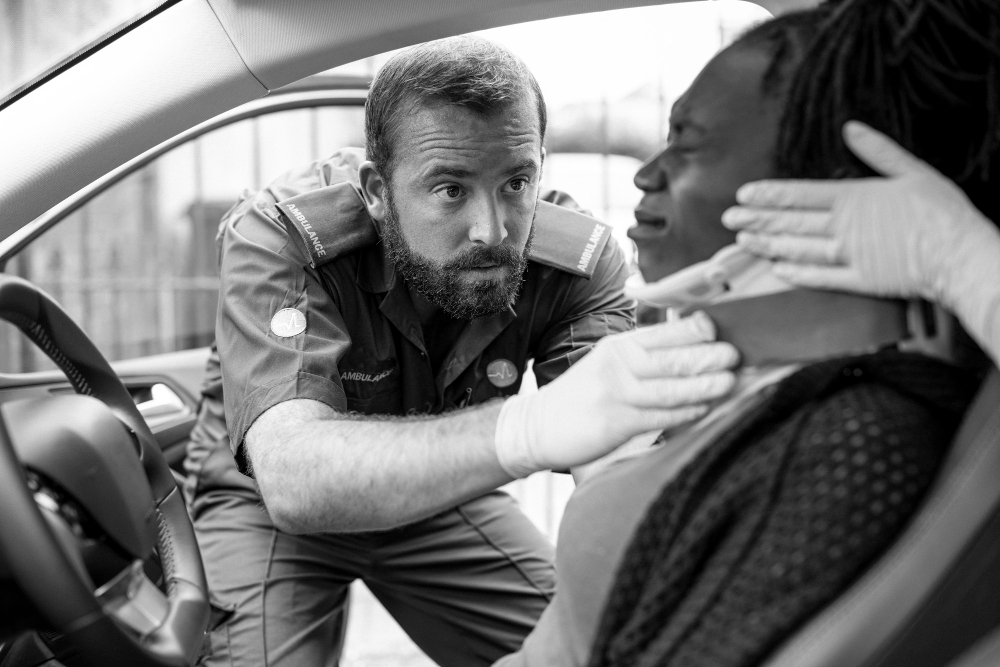An auto accident can change your life in an instant. Even minor collisions can result in injuries that affect your ability to work, move, and enjoy daily activities. Some symptoms appear immediately, while others may take days or even weeks to surface. Understanding auto accident injuries and how to treat them effectively is crucial for a full recovery.
Common Auto Accident Injuries
Different types of collisions cause different injuries, but some are more common than others:
- Whiplash – Neck strain caused by rapid back-and-forth motion.
- Back and Spine Injuries – Including herniated discs, fractures, and nerve damage.
- Concussions – Mild traumatic brain injuries caused by impact.
- Fractures – Broken bones in arms, legs, ribs, or pelvis.
- Soft Tissue Injuries – Sprains, strains, and muscle tears.
Why Some Symptoms Are Delayed
Adrenaline after an accident can mask pain. It’s common for stiffness, headaches, or back pain to appear days later. This is why getting a medical evaluation right after the accident is important even if you feel fine.
Steps to Take Immediately After an Auto Accident
- Seek Medical Attention – Visit urgent care, an ER, or a specialist for evaluation.
- Document Your Injuries – Take photos and keep detailed notes for insurance or legal purposes.
- Follow Doctor’s Orders – Adhering to treatment plans ensures better recovery.
- Contact Your Insurance Provider – Report the accident promptly.
Treatment Options for Auto Accident Injuries
1. Physical Therapy
Restores movement, strength, and flexibility. Especially important for neck, back, and joint injuries.
2. Pain Management
May involve medications, injections, or laser therapy to reduce discomfort and inflammation.
3. Chiropractic Care
Realigns the spine, relieves nerve pressure, and improves mobility.
4. Surgery
Reserved for severe cases like fractures or significant spinal cord damage.
Emotional and Mental Recovery
Auto accidents can also lead to emotional trauma, anxiety, or post-traumatic stress disorder (PTSD). Counseling, support groups, and stress management techniques can help in recovery.
Prevention of Long-Term Complications
- Don’t ignore lingering pain.
- Stick to rehabilitation plans.
- Return to normal activities gradually.
- Maintain open communication with your healthcare providers.
Conclusion
Recovering from an auto accident injury requires prompt diagnosis, targeted treatment, and patience. With the right care plan including physical therapy, pain management, and emotional support you can rebuild your health and quality of life after a collision.





Comments